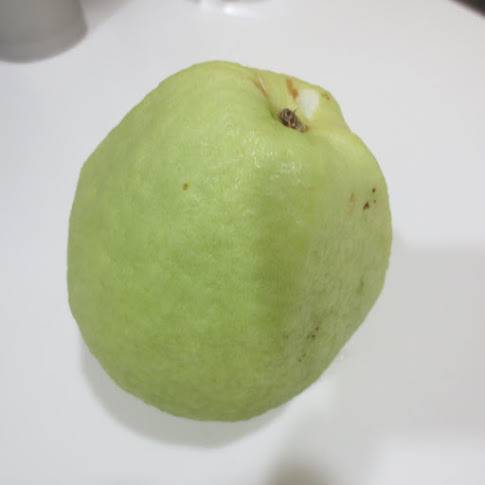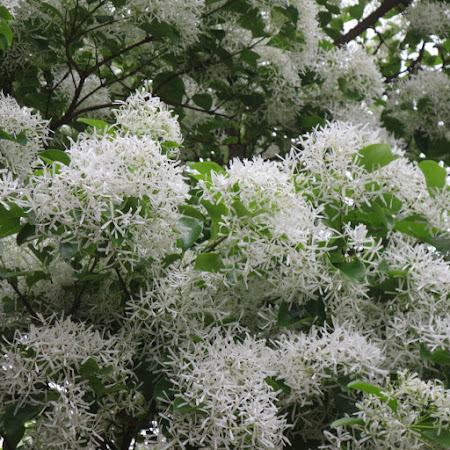Guava - Asia first Guava into USA ( since Yr 2019 )
Taiwan Guava -
Asia first Guava into USA ( since Yr 2019 )
In the past,
the United States only allowed the import of guava from Mexico, and Taiwan will become the second country to sell guava to the United States
( the first Asian country to export to the United States )
In Taiwan guava, Pearl guava accounts for the most 95%. It can be harvested all year round, but it is harvested from September to November and is cultivated throughout the year.
Its taste is sweet and crisp, high-fiber, low-calorie, rich in vitamin C and anti-oxidant ingredients, beauty and satiety, it is very popular among the people.
Guava also contains vitamin A, phosphorus, potassium, calcium, magnesium and other trace elements, especially the iron content in the seeds is higher. The Council of Agriculture reminds the public that the seeds should not be wasted if they eat Taiwan guava.
It's not difficult to pick a guava!
Look at the fruits : 1) the skin 2) the shape
The fruit has a heavy weight when held in the hand. The skin is light green to golden yellow and the ripeness is the most moderate. The green taste is crisp and the golden yellow taste is soft. It is too green and will have astringent taste if it is not ripe.
In the fruit-shaped part, the winter fruit is oval (such as Wendan pomelo), and the summer fruit is spherical. In addition, the outer skin is rough and the more uneven.
If you want to preserve the guava, commercially available guava will be ripened and softened in 2 to 3 days because it is stored without an envelope. If you want to extend the shelf life of the guava, buy After that, it can be put in a plastic suit, and stored in the refrigerator to extend the freshness and crispness of the flesh.
Common Guava Varieties
Common varieties on the market include 1) Pearl Guava, 2) Emperor Guava, 3) Crystal Guava, 4) Red Heart Guava, etc. Among them, Pearl Guava and Emperor Guava are the most popular.
Pearl Guava
Oval or nearly pear-shaped, the flesh is white to yellow, the flesh is thick and fine in autumn and winter, and the sugar content is about 10-18Brix. It is the sweetest of the current varieties, with special sweetness and aroma, and the fruit is crisp.
Emperor Guava
Oval shape, large fruit, wide fruit neck, light yellow-green skin, concave surface, medium thick flesh, white and creamy yellow flesh, medium thickness, extremely crisp, high sugar content, high acidity, slight aroma, many seeds, The sugar content is about 9.5-11Brix, and the average fruit weight is about 380-440 grams.
Crystal Guava
There are few seeds, the fruit surface is rough and round, with claw-shaped protrusions similar to pumpkin, the flesh is white and crisp, and the sugar content is about 7-12 Brix.
Rainbow Guava ( Pink )
This variety is "non-menopausal", it is more resistant to storage, and its appearance is similar to pearl guava. The skin is green with red flesh. There is a layer of white flesh between the skin and the flesh. It looks like a watermelon, so it is called "Watermelon Guava". The fruit weighs about 300-600g, the flesh is about 2-2.5 cm, and the sugar content is about 8-12°Brix. It has a passion fruit-like aroma.
Taiwan has red meat guava in the 1940s, but most of them are garden or local varieties. Due to the poor variety, there is no mass production. In recent years, due to the increase in population, the improvement of variety and technology, red meat is already on the market. Processed products such as guava juice, and a small amount of fresh food, currently the Yilan red meat guava and Yanchao rainbow guava have a larger cultivation area.
Guava is native to tropical America. It was transferred from Europe to Manila, Southeast Asia, India, and then from Southeast Asia to Guangdong. Its seeds are mostly similar to Chinese pomegranates and named "Guava". It has been improved in the past 20 years. There are Thai guava, pearl guava, century guava and crystal guava (ie childless guava), etc., which can be obtained in all seasons. The abundance period is from September to November. The appearance is pear-shaped and round, and the sweetness is about 10 to 18 degrees. Taiwan's guava is well-known in the world because of its suitable cultivation.
Its roots, skins, and leaves are all useful in traditional life. Traditional Chinese medicine believes that guava can cure acute gastroenteritis, dysentery, diarrhea in children, acute and chronic pharyngitis, hemorrhoid pain, long-lasting wounds, hemostasis, itching, burns and scalds... …And so on, but don’t eat too much (according to the size of your fist). Excessive consumption can easily cause constipation. Due to different varieties and maturity,
In addition to raw food (the peel is rich in vitamin C), it can also be made into juice, jam, jelly, dried guavas, etc.
Guava is rich in nutrients, can increase appetite and promote the growth and development of children. It contains protein, fat, carbohydrates, vitamins A, B, C, calcium, phosphorus, and iron. Guava has high nutritional value. In terms of vitamin C, it is 8 times more than citrus, and dozens of times more than banana, papaya, tomato (tomato), watermelon, pineapple, etc. It is also rich in iron, calcium, and phosphorus. The seeds contain iron The content is better than other fruits, so it is best to eat them together.
Guava preservation and cleaning
Cleaning: Because vitamins and polyphenols are in the skin and flesh, it is not suitable to scrub, just rinse with water. Those with scars, water wounds, or insect bites cut them off with a knife, slice them.
Preservation :
After picking, the guava can be stored in a bag to preserve the freshness of the fruit. Generally, the guava on the market is stored without an envelope and will be ripened and softened in 2 to 3 days. If you want to extend the shelf life of the guava, buy it After that, it can be put in a plastic suit, and stored in the refrigerator to extend the freshness and crispness of the flesh.
Guava's purchase
When buying, you can refer to the season, place of production, size, and quality as a reference. The medium-sized fruit is better to eat, the sweetness is 10 to 18 degrees, the appearance is round or pear-shaped, the epidermis is prominent, the color is emerald green, with sweetness, the hardness is hard not soft, and the skin color is too soft It turns pale green, the meat becomes softer, the crispness decreases, and the price also decreases.








Comments
Post a Comment